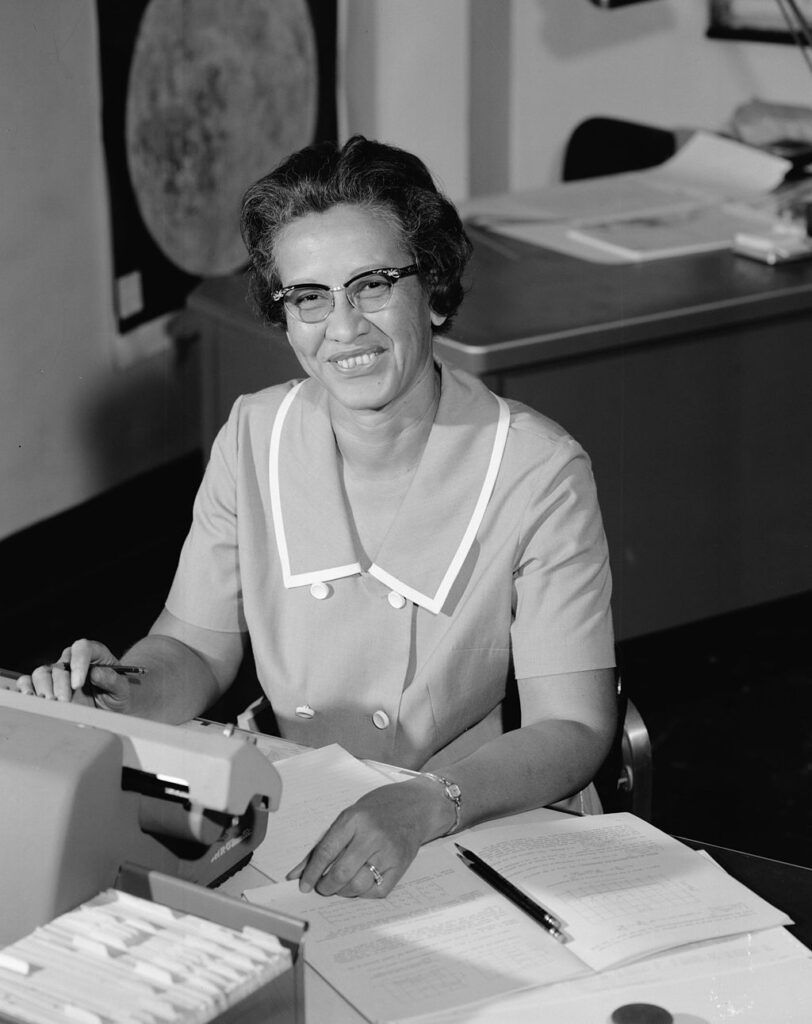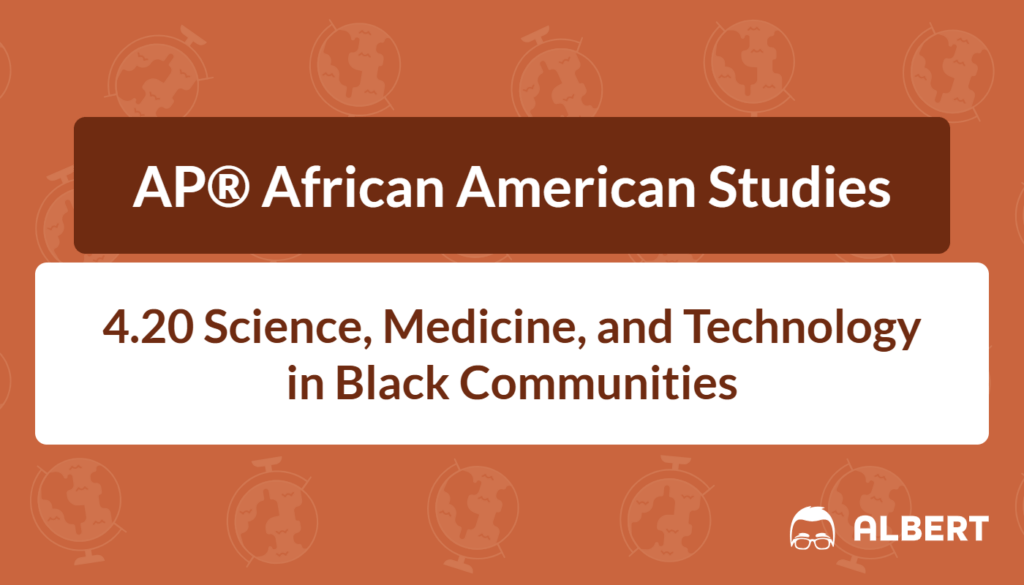What We Review
Science, Medicine, and Technology in Black Communities
Understanding African American contributions to science, medicine, and technology offers a chance to appreciate the creativity, resilience, and determination of Black communities. Black scientists and innovators, though often working against great odds, changed the world in surprising ways. Whether developing sustainable farming methods or pioneering lifesaving surgical techniques, African American innovators have made advances that continue to benefit societies everywhere.
Therefore, the sections below highlight key figures, institutions, and movements. Along the way, their stories reveal how these innovators overcame barriers, forged opportunities, and shaped history.
African American Contributions to Science and Technology
Key Figures
George Washington Carver
George Washington Carver is often recognized for his revolutionary work in agriculture, especially with peanuts. However, his impact stretches far beyond peanut-based products. He was a botanist and professor who advocated for crop rotation and soil conservation.
- Crop rotation involves alternating which crops are grown in a field each season.
- This practice prevents the soil from losing all of its nutrients by letting the land rest or by planting crops that restore vital minerals.
Therefore, Carver’s approach to sustainable agriculture helped farmers grow more food with fewer resources, strengthening local economies. His legacy also influenced global farming methods, showing that careful study and environmental respect can spark solutions that last.
Crop Rotation Methods
- A farmer plants corn in the first season. Corn uses nitrogen from the soil.
- In the next season, a farmer plants peanuts or peas, which return nitrogen to the soil.
- Finally, the farmer rotates in another crop like cotton to diversify yield and reduce pest problems.
Consequently, through these steps, the soil remains healthy, which maximizes agricultural output over time.
Innovations in Technology
Though George Washington Carver’s influence was significant, other African American inventors helped bring vital technology to the mainstream:
- Elijah McCoy: Known for creating an automatic lubrication device for machinery, which improved efficiency in engines and locomotives.
- Granville T. Woods: Nicknamed “the Black Edison,” he patented numerous inventions in electricity and communication. His contributions to railway systems improved safety and reliability.
These innovations advanced industries around the world. As a result, McCoy’s and Woods’s inventions remain valuable in the fields of engineering and transportation today.
African American Contributions to Medical Advancements
Key Figures
Onesimus
Firstly, Onesimus was an enslaved man who introduced the technique of variolation to the American colonies in the early 18th century. Variolation involved exposing a healthy person to material from a smallpox sore, which often provided immunity or less severe symptoms. Although risky by modern standards, it saved many lives before the development of modern vaccines.
Onesimus’s efforts had a strong impact on public health. Local communities eventually recognized his contribution, demonstrating how African knowledge systems helped shape American medicine in ways that are still relevant.
Daniel Hale Williams
Secondly, Daniel Hale Williams founded Provident Hospital in Chicago in 1891, creating the first Black-owned hospital in the United States. This hospital allowed Black doctors to train and provide care when other institutions remained segregated. In 1893, Williams performed what is widely considered the first successful heart surgery, paving the way for modern cardiac procedures.
Early Heart Surgery
- Daniel Hale Williams worked in Provident Hospital, which allowed him to focus on specialized care.
- Surgery took place on a patient suffering from a serious chest wound that affected the heart area.
- By carefully stitching the pericardium (the sac around the heart), Williams was able to close the wound.
- The patient survived, showing that such a delicate operation was possible without today’s advanced technology.
Williams’s success encouraged physicians of all backgrounds to attempt more complicated surgeries, ultimately driving innovation in modern medicine.
The Establishment of Medical Institutions
Finally, historically Black Colleges and Universities (HBCUs) played an essential part in training African American medical professionals. Institutions such as Meharry Medical College, Howard University, and Morehouse School of Medicine became crucial vehicles for educating doctors and nurses who otherwise faced discrimination at traditional schools.
- These colleges offered quality medical education to Black students.
- They worked closely with Black hospitals and community clinics.
- Their graduates improved healthcare in underserved areas.
As a result, African American medical schools and hospitals became vital lifelines for communities that had limited access to healthcare services.
Contributions of African American Women in Science and Medicine
Key Figures
Katherine Johnson

First, Katherine G. Johnson was a mathematician whose precise calculations for NASA’s space missions were groundbreaking. Hence, her work on orbital mechanics helped send astronauts to the Moon and back. She carefully analyzed complex diagrams and equations, ensuring that each mission had accurate flight paths and re-entry trajectories.
Johnson’s Calculations for Space Missions
- Mission engineers described key objectives: Launch, orbit, and safe return.
- Johnson transformed these goals into mathematical equations, calculating angles, velocities, and fuel consumption.
- Her calculations were double-checked by computer systems, yet NASA asked her to confirm them by hand.
- Astronauts relied on Johnson’s final numbers, enabling a historic trip to the Moon.
Her meticulous approach illustrated how determination and expertise can overcome stereotypes, thus proving that skill and intelligence know no bounds or social barriers.
Mae Jemison
Mae Jemison became the first African American woman to travel to space in 1992. As a doctor, engineer, and astronaut, she brought a new perspective on science, combining research on human health with space exploration. She also focused on encouraging students—particularly young girls of color—to pursue STEM fields.
Jemison’s accomplishments continue to inspire future generations of explorers. Her dedication made it clear that diversity is essential for achieving fresh ideas and innovation.
Addressing Discrimination Against Black Individuals with Disabilities
Historical Context
During the early 20th century, eugenics popularized the idea of ranking human worth, often based on perceived physical and mental traits. Black people with disabilities faced multiple layers of discrimination, including forced sterilization and institutionalization. These injustices stemmed from a misguided belief that certain groups were inferior.
Legislative Responses
The Americans with Disabilities Act (ADA) of 1990 built upon civil rights legislation by prohibiting discrimination based on disability. The ADA extended protections in various aspects of life, including:
- Employment opportunities
- Public accommodations
- Government programs
This law protected individuals who once lacked legal recourse against discriminatory practices. Over time, the ADA has helped raise awareness and foster inclusion for people with disabilities nationwide.
The Legacy of African American Innovations
Finally, the achievements of Black scientists, engineers, and medical professionals reach far beyond historical interest. Their work continues to influence the most important current research, technologies, and healthcare systems. Additionally, in agriculture, the ideas of soil replenishment serve as a foundation for modern organic farming. Finally, in medicine, the breakthroughs of Daniel Hale Williams and the wisdom of Onesimus underscore the value of embracing new techniques.
Today, researchers like Kizzmekia Corbett continue this legacy. She was central to the development of the Moderna COVID-19 mRNA vaccine, providing vital contributions during a worldwide crisis. Her work serves as a reminder that progress makes the most difference when it is guided by knowledge, opportunity, and a spirit of service.
It is most important to keep learning about these contributions. Their stories remind society that great progress often arises from communities determined to overcome obstacles. By acknowledging these legacies, students can celebrate diversity in STEM fields and gain the motivation needed to pursue their own paths of invention and discovery.
Required Sources: Connections to History, Relevance, and Impact
- “Mary Jackson at Work, 1977”
- Mary Jackson, like Katherine Johnson, was a trailblazer at NASA. She was an aerospace engineer who worked to support space travel breakthroughs. This source highlights her dedication to advancing aeronautics technology during a time when Black women faced significant challenges in the workplace. It underscores the importance of STEM education and mentoring future generations.
- “Mae Jemison Works at Zero Gravity, 1992”
- This source sheds light on Mae Jemison’s pioneering work aboard the Space Shuttle Endeavour. It shows her performing tests in zero gravity, illustrating how her medical and engineering backgrounds blended seamlessly in space. Her mission remains an inspiration, demonstrating the essential role of African American women in the U.S. space program.
- “Henrietta Lacks (HeLa): The Mother of Modern Medicine” by Kadir Nelson, 2017
- Henrietta Lacks’s cells (commonly known as HeLa cells) have contributed to significant medical discoveries, including breakthroughs in vaccines, cancer treatments, and fertility research. This source by Kadir Nelson honors Lacks’s life and her unknowing gift to science. It reminds learners that individuals from marginalized backgrounds have often fueled medical progress despite facing discrimination and a lack of recognition.
Each source connects back to a broader historical context of African American perseverance. Their presence in the scientific sphere demonstrates how achievements can overcome social barriers, while also highlighting ongoing ethical considerations about representation and consent in research.
Quick Reference Chart
| Term | Definition or Key Feature |
| Crop Rotation | A farming method of alternating crops to maintain soil fertility. |
| Variolation | An early technique of exposing individuals to smallpox material for immunity. |
| HBCUs | Historically Black Colleges and Universities that train Black professionals. |
| Eugenics | A discredited movement aimed at controlling human reproduction based on “traits.” |
| ADA (Americans with Disabilities Act) | A 1990 law against discrimination based on disability in major areas of life. |
| HeLa Cells | The immortal cells from Henrietta Lacks used widely in medical research. |
| NASA | The U.S. agency responsible for the nation’s civilian space program and research. |
| Heart Surgery (Daniel Hale Williams) | The first successful open-heart procedure performed by an African American surgeon. |
Conclusion
African Americans have played an essential part in advancing science, medicine, and technology—all while facing discrimination and limited opportunities. Their stories demonstrate that brilliance, creativity, and determination can flourish, even under strain. From George Washington Carver’s sustainable farming to Katherine Johnson’s calculations for space missions, these achievements forever changed our world.
Acknowledging and studying these names and discoveries broadens understanding and sparks admiration. It also encourages continued exploration, collaboration, and innovation. By honoring the past and applying its lessons, future generations can shape an even more inclusive and inventive tomorrow.
Sharpen Your Skills for AP® African American Studies
Are you preparing for the AP® African American Studies test? We’ve got you covered! Try our review articles designed to help you confidently tackle real-world AP® African American Studies problems. You’ll find everything you need to succeed, from quick tips to detailed strategies. Start exploring now!
Need help preparing for your AP® African American Studies exam?
Albert has hundreds of AP® African American Studies practice questions, free response, and full-length practice tests to try out.









